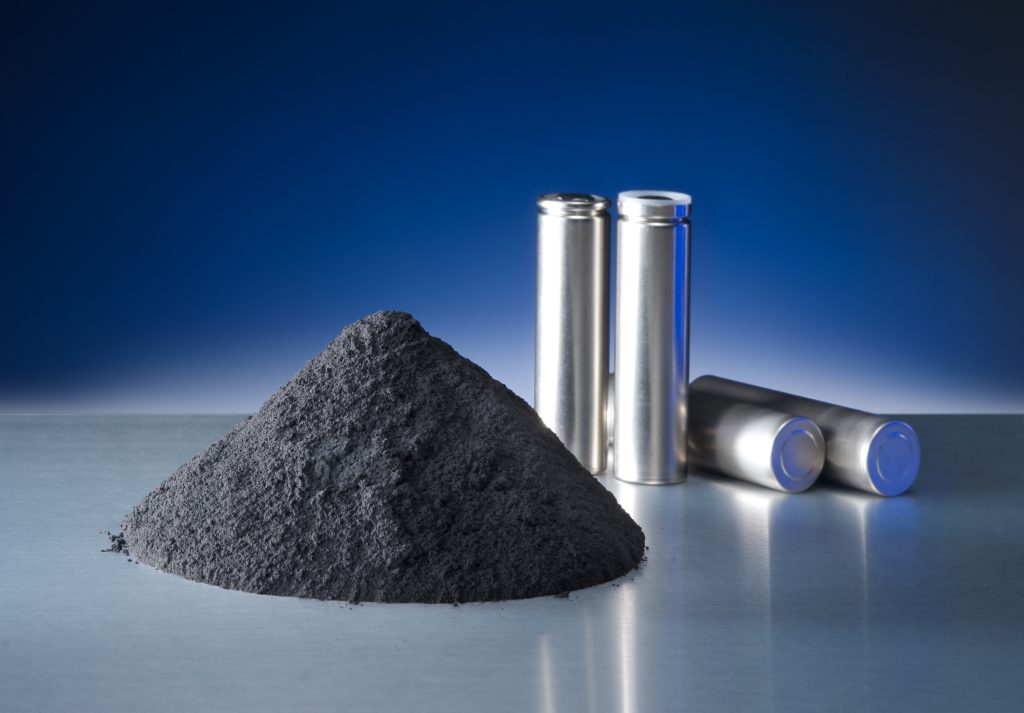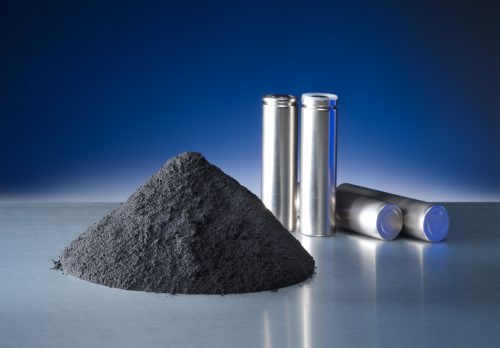The anode materials of current commercial lithium-ion batteries are mainly modified natural graphite and artificial graphite. Although the preparation technology is quite mature, its theoretical specific capacity is only 372mAh/g, which is difficult to meet the market demand for large-capacity lithium-ion batteries. Silicon has attracted widespread attention due to its high theoretical specific capacity (4200mAh/g) and low lithium intercalation potential. However, silicon as the negative electrode has a natural defect, that is, when lithium is intercalated and detached from the silicon unit cell, it will cause serious volume changes in the silicon material, resulting in rapid capacity decay.
After a lot of research by scientists, it has been found that combining silicon with other materials can effectively alleviate the volume effect of silicon and increase its cycle life, and silicon-carbon composites are the most promising composite materials among them. In the silicon-carbon composite negative electrode material, silicon serves as an active material to provide lithium storage capacity; carbon serves as a dispersed matrix to buffer the volume change of silicon particles when intercalation and delithiation, maintain the integrity of the electrode structure, and maintain the internal electrical contact of the electrode. Silicon-carbon composite negative electrode materials have received more and more attention, and scientists call it “the new continent of lithium battery negative electrode materials”.
The new energy vehicle industry is the development direction of the global automobile industry. New energy vehicles mainly include pure electric vehicles, plug-in hybrid vehicles and fuel cell vehicles. Among them, pure electric vehicles are completely driven by power batteries, and have the greatest demand for battery capacity, requiring an average lithium-ion battery capacity of 30kW·h. Since 2010, power lithium-ion batteries have gradually replaced nickel-cadmium and nickel-hydrogen batteries, benefiting from technological improvements and cost reductions, and have become widely used power batteries for new energy vehicles.
The field of portable consumer electronics will also be another important field for the large-scale application of nano-silicon carbon anode materials. With the gradual popularization of global 4G mobile communication technology, Internet, and digital entertainment portable devices, the demand for digital electronic products such as mobile phones, notebook computers, tablet computers, game consoles, wearable smart devices, and mobile power supplies will continue to grow. , among which smartphones, tablet computers, wearable smart devices and mobile power supplies have the broadest market prospects. At present, smart phones have become the largest application field of lithium-ion batteries. Since smartphones and the like also put forward higher requirements for the energy density of lithium-ion batteries, it will also become a broad market for high-capacity nano-silicon-carbon anode materials.
In the field of large-scale energy storage, nano-silicon-carbon anode materials will also have great application prospects. Lithium-ion batteries are currently the most widely used energy storage batteries. Compared with the field of electric vehicles, the field of energy storage power stations has higher requirements on the energy density of lithium-ion batteries, and the use of nano-silicon carbon anode materials is a possibility to meet this demand. solution.
At the same time, aerospace, ships, ships and other fields have also put forward higher energy density and power density requirements for lithium-ion batteries, and nano-silicon carbon materials are also the most promising anode materials for lithium-ion batteries at this stage, and their application prospects are very broad.


